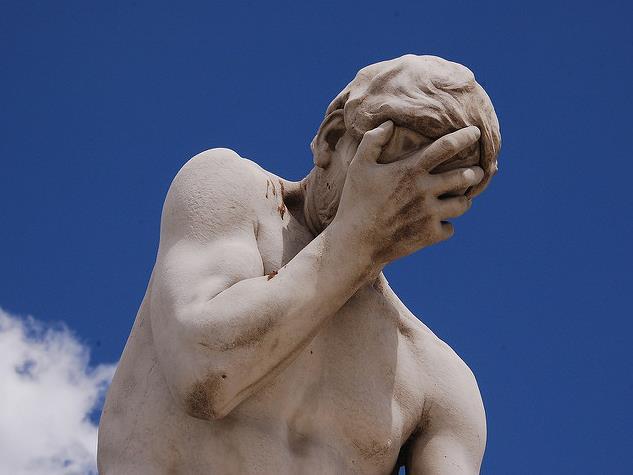Image: via Flickr
If you’re an artist active in the 21st century, chances are you’re familiar with the phenomenon of creation guilt.
There is an increasing pressure to produce more work, cram more into each day, dive into new projects, build our skills, network and share work-in-progress on Instagram, Facebook, Pinterest, and Twitter. But when we fall short of our creative expectations, we wind up feeling guilty and not good enough.
As one participant at the recent Independent Convergence forum in Melbourne poignantly put it, ‘If you create an artwork, but don’t share it on social media, does that artwork really exist?’
Creation guilt often leads to setting unrealistic expectations for the amount of work we can achieve in a given period, which inevitably throws us into a perpetual loop of failure, leading to disappointment, leading to beating yourself up, leading to harsher expectations, leading to failure, and so it continues.
As creative thinkers, it’s all too easy for our ideas and aspirations to become grandiose quickly. But as Bill Gates famously said, most people overestimate what they can do in one year and underestimate what they can do in ten years.
Performer Scott Wings said setting achievable, realistic goals is one way to keep creation guilt in check. ‘We are really good at setting large scale goals such as produce a big show by the end of the year, but it’s important to instead make goals like having a chat to nine people by April about said big show. That’s achievable.’
‘The big show is a nice dream, a nice goal to have, and if you do it great but take care of yourself,’ he added.





